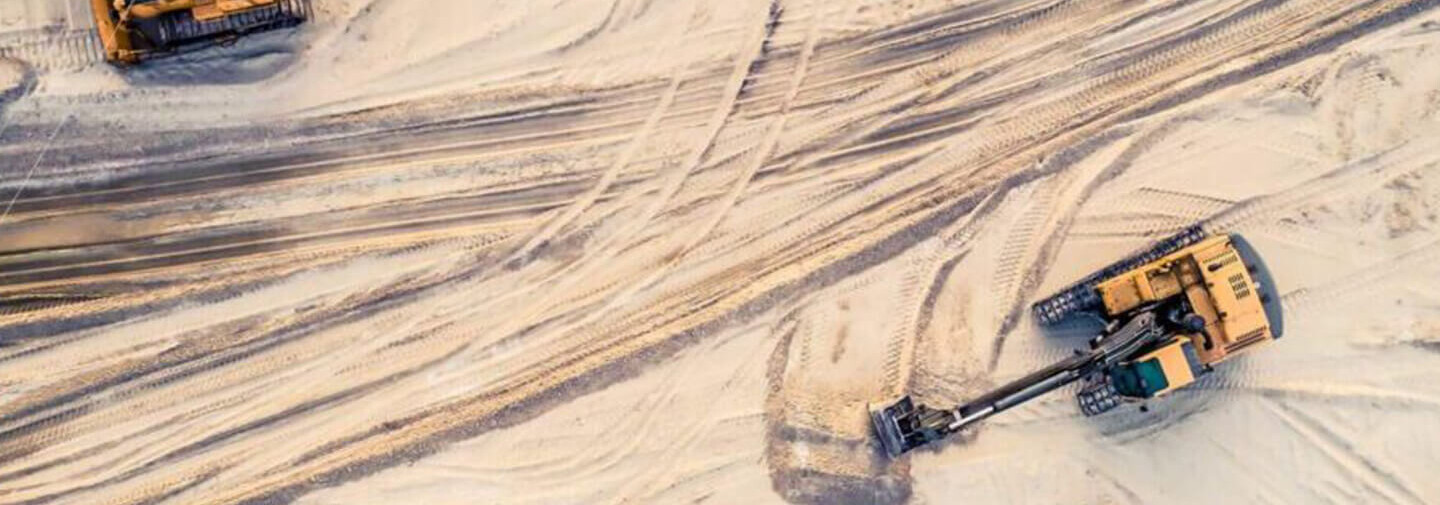After a tough couple of years, the construction industry is expected to come back strong in 2022. The pandemic brought some silver linings, including increased adoption of technology and a substantial backlog of projects. Still, some of the challenges that have dogged the industry throughout the past 24 months could continue into the coming year.
Construction is resilient, but that doesn’t mean that things won’t be tough for a while. Here are some of the key trends forecasted for the construction industry for 2022.
A Promising Future
First, the good news: demand for construction is high. Throughout much of the pandemic, jobsites remained open for business. Now that restrictions are being lifted, construction is busier than ever, fulfilling its place as a key economic driver.
Permit numbers have remained high in both residential and institutional builds, and there’s pent-up demand that leaves construction pros confident for the future. Estimates suggest that non-residential construction will be up nearly 5% in 2022 over the previous year, and residential construction is expected to grow by nearly 10% over last year’s already busy year. Meanwhile, nonbuilding starts, especially in heavy highway and civil construction, are expected to see an increase of 5-6%.
Labor Pains
That pent-up demand can be problematic, though, when the industry continues to struggle with a labor shortage.
Worker shortages in construction are not a new phenomenon. The alarm has been raised for some time, as the construction industry continues to grow and it seems harder and harder to entice young workers to the field. Despite rising wages, a chronic undervaluing of vocational careers means youngsters still steer away from the industry.
In the wake of massive infrastructure demand thanks to government moves like the Fixing America’s Surface Transportation (FAST) Act in 2015 and the more recent $1.2 trillion infrastructure bill the Biden Administration approved in December 2021, the industry needs more skilled workers than ever.
Now, some experts are calling the shortage “crisis level.” Because construction is so critical to economic growth and the survival of communities, labor shortage in this field causes a great deal of consternation. When construction work slows down, the ripple effects are far-reaching.
And they may slow down considerably – recent research shows half of contractors say that labor shortage has caused a delay on at least one of their projects, and 53% report taking on fewer projects because of a lack of workers. There’s no end in sight as older construction workers retire.
Estimates suggest that in order to keep up with the work, the industry will need to attract 740,000 workers each year for the next three years. Government and industry heads are trying new tactics to appeal to younger workers, but many suggest that companies can make themselves more attractive through the use of technology.
Tech can also help companies do more with the workers they have. Assignar can schedule crews more efficiently, making use of their skill sets and availability to put them where they need to be so that work goes faster and employees achieve better workplace satisfaction.
Supply Chain Problems
The pandemic laid bare some pretty serious weaknesses in the global supply chain. Building supplies, starting with lumber and then moving on to steel, copper, and concrete, were tougher to source. Prices went up and delivery dates were sporadic.
Supply delays and shortages have led to increased output costs and project delays, a trend that’s expected to continue throughout the next year. Even as industries get back on track, that pent-up demand will slow things down. Globally, many workforces are still diminished as COVID variants drag the pandemic into a third year. All this means supply will be slow to catch up with backorders. Companies that can manage these shortages and delays best will be primed for competitiveness in the coming year.
More Tech Adoption
One silver lining that surrounds the pandemic cloud is that construction got a big push into the digital age. Work-from-home orders, limited capacity numbers on jobsites, limits on sharing vehicles and pens, and physical distancing requirements forced companies to try out tech that could help teams communicate, make information easier to organize and disseminate among all stakeholders, and better track safety measures on the job site.
The result has been greater acceptance of construction project management tools. These tools have gotten the industry through the worst of times, but they can also improve on the best of times. Better information management can make for more efficient, productive workforces, and can actually help construction companies do their best work through careful analysis of project data.
Going forward, those tools that companies adopted to help with remote work will translate to better project information, and the ability to access and analyze that data better, making tech-forward companies more competitive in the new construction landscape.
What Companies Can Do
Looking at these trends, 2022 looks promising, but it’s not going to be a walk in the park. Companies can prepare by using innovative tech tools to:
- Use the tech they adopted to survive the pandemic to continue boosting productivity and efficiency into the future.
- Evolve the industry’s reputation through the use of tech to show the innovative and savvy nature of their business.
- Focus on broad management solutions that can help the company build better. Avoid shiny object syndrome – it could be a mistake to run after solutions that perform a single task and don’t integrate with tech used in other areas of the company.
Assignar allows all stakeholders on a project to monitor progress, anytime, anywhere, so they are better equipped against worker shortages and more flexible in the changing landscape.
It’s the same old story for construction: those who can adapt are the ones who will survive and thrive. Luckily, many construction companies are learning the tools to do just that.


